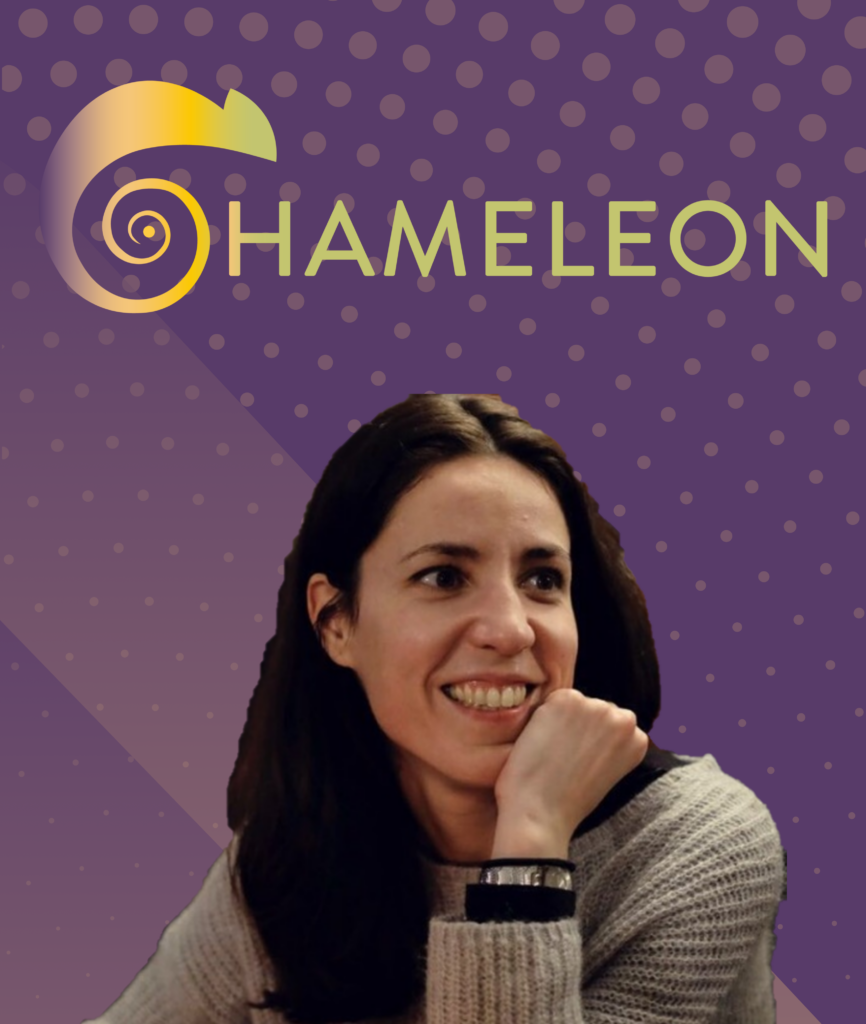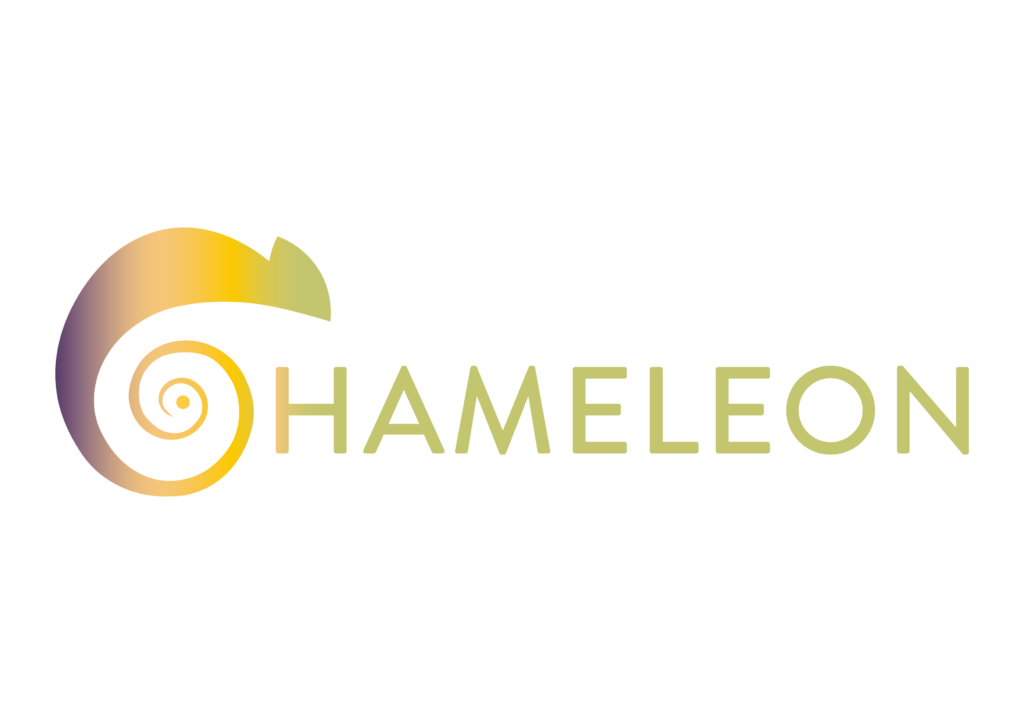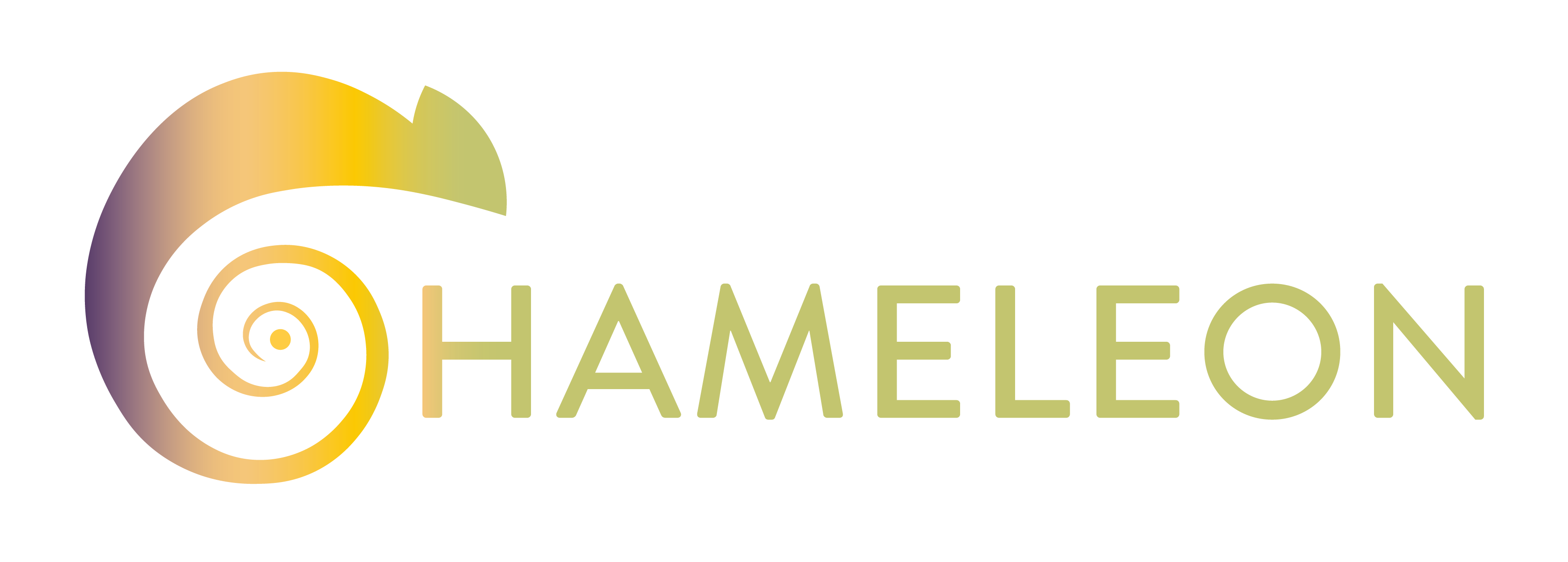Interviews: BALLESTEROS GONZÁLEZ, Rocío (UCLM)



Dr. BALLESTEROS GONZÁLEZ, Rocío
Senior Lecturer at University of Castilla-La Mancha (UCLM)

What is your role in CHAMELEON?
UCLM is WP2 leader and T.4.3 and contributes in numerous task of the project. The role of UCLM is to lead the description and definition of CHAMELON functional and non-functional requirements based on the stakeholder and end user necessities.
Our agricultural and forestry ingeneering allow us to provide rural and natural scientific knowledge to the project. This is crucial to develop bundles and services for agriculture and rural areas as we have a deep understanding of the sector.

How does your expertise contribute to the overarching goals of the CHAMELEON project?
Providing agricultural and forestry scientific soundness based on our background and our deep knowledge of farmers, advisory and consultancy requirements in the sector along our careers.

Given your specialization, how do you envision CHAMELEON transforming the agricultural sector?
CHAMELEON will provide technical solutions to the endusers and stakeholders’ relevant requirements. Feedback from the endusers farmers, shepherds, forestlandusers are the corner stone to provide an adaptative solution.

How can drones and satellites in CHAMELEON enhance productivity in agriculture?
Remote sensing is a very useful tool for agriculture as an intraplot knowledge of the main inputs can be considered. Therefore, accurate irrigation schedules based on crop water stress stimation can be developed, monitoring crop growth and development, quantifying grazing flora, and zoning soil plot for a better calculation of fertilization.

How does the CHAMELEON drone identify and respond to different crop types and their unique needs?
CHAMELEON is focused mainly in woody crops in two pilot cases, Austria and Spain. Also, grazing areas at high altitude are studied. Fortunately, adaptative and reconfigurable aerial plantforms and satellite can manage their specific characteristics.




